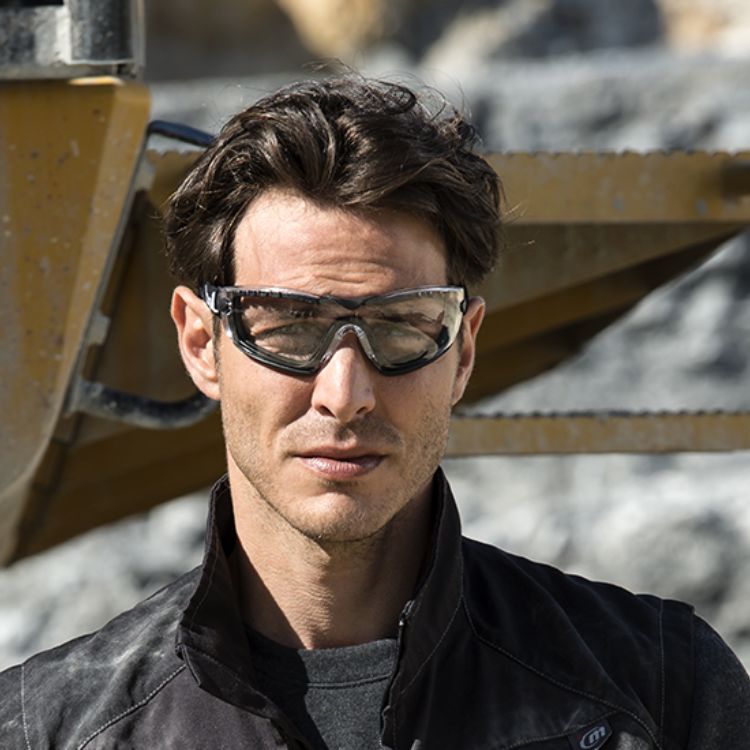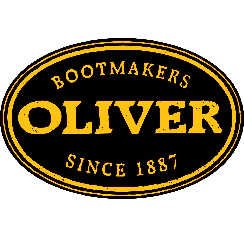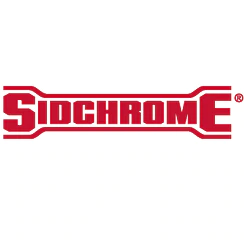Eyewear Selection Guide: What Type of Protection Should Be Chosen?

Bollé Safety offers a wide range of safety eyewear with optical marking specific to each risk and type of activity.
What is assessment of occupation hazards?
Assessment of occupational hazards involves identifying and ranking hazards in the workplace to implement relevant protective measures. It is the initial step in occupational health and safety. It is essential to check adequacy between product markings and standards markings.
Thermal Risk

Thermal risks occur when liquids or hot solids are splashed or intense radiation is emitted.
Bollé Safety has developed safety glasses, which comply with current standards, for protection against thermal risks.
Practical examples:
Radiant heat coming from ovens, splashes of molten metal or hot solids, etc. Thermal risk is defined as: splashes of hot liquids, intense heat radiation.
Mechanical Risk

Mechanical risks mainly occur during machine operations when sharp-edged particles or those with high kinetic energy are projected. To protect you against mechanical risks, Bollé Safety has developed a wide range of safety eyewear, including safety glasses, safety goggles and safety face shields.
Practical examples:
Metal chips, shards or particles coming from tools, etc.
The mechanical risk is defined as: shocks, flying chips or solid particles.
To choose between safety glasses, safety goggles and safety face shields, the type and extent of the risk must be known:
• For a turning operation, safety glasses may be sufficient.
• For cutting work, a face screen is essential to protect the eyes and face.
Risks Linked to Optical Radiation
 Optical radiation is present in many activities in industrial, medical or commercial fields. Welding, steel works and surgical processes are all concerned.
Optical radiation is present in many activities in industrial, medical or commercial fields. Welding, steel works and surgical processes are all concerned.
Over-exposure of the eyes to high intensity sources can cause burns and lesions of the eye. Bollé Safety has developed safety glasses, safety goggles, safety face shields and welding helmets to protect against optical radiation.
Practical examples:
Invisible UV radiation, visible and invisible IR radiation, etc.
The risk linked to radiation is defined as: ultraviolet, infrared, visible light, gas welding, electrical welding, laser.
Chemical Risk
 The chemical risk occurs when a substance projected or present in the environment reacts with the components of the eye or the skin and it appears in most industrial sectors.
The chemical risk occurs when a substance projected or present in the environment reacts with the components of the eye or the skin and it appears in most industrial sectors.
This risk is particularly present in the medical field, the agri-food industry or in waste management, where micro-organisms are likely to contaminate individuals.
To prevent any risk of chemical splashes, Bollé Safety offers a wide range of safety goggles for protection against chemical and biological risks.
Practical examples:
Dust, aerosols, liquids, gas or vapours. Chemical risk is defined as: projections of hazardous liquids, toxic dust, gas, toxic vapours.
Electrical Risk
 The only suitable eye protection against short-circuit electrical arcs are safety face shields. It must not have exposed metal parts and all the outer edges of the protection must be rounded, chamfered or otherwise treated so that there are no sharp edges.
The only suitable eye protection against short-circuit electrical arcs are safety face shields. It must not have exposed metal parts and all the outer edges of the protection must be rounded, chamfered or otherwise treated so that there are no sharp edges.
The consequences of electric shock can be cornea burns, retinal lesions and conjunctivitis.
Practical examples:
Arc eye, electric arcs.
Wavelengths and UV Light
We receive wavelengths through two organs; we see light through our eyes and we capture sound through our ears. From radio waves to gamma rays, wavelengths gradually constrict, causing their frequency to increase and making them consume more and more energy. Hence, waves gradually increase in intensity and therefore are more dangerous for the eyes.
The sun emits three types of light waves and without the correct eye protection each in its own way can seriously affect the eye.
1. Ultraviolet Light Rays:
5% of the sun’s energy reaches the earth in this form. UV rays (invisible “tanning” rays) can cause serious damage to the unprotected eye including the development of cataracts and corneal blistering.
2. Infrared Light Rays:
50% of the sun’s energy reaches the earth as heat or infrared. Some IR rays will be absorbed by the cornea creating a drying effect – an issue of importance to contact lens wearers.
3. Visible Light Rays:
45% of the sun’s energy reaches the earth in what the eye perceives as colour. Blue Light waves are the most difficult to see. When the unprotected eye strains to focus on it, all other colours can be distorted. After two to three hours in bright sunlight, eyes can have trouble adjusting to night vision.
The human eye is not able to identify the various elements of a ray – it only sees the results, which are a function of the different wavelengths and their respective light intensity.
The human eye can only see wavelengths within the “visible spectrum” (between 380 and 780 nanometres).








